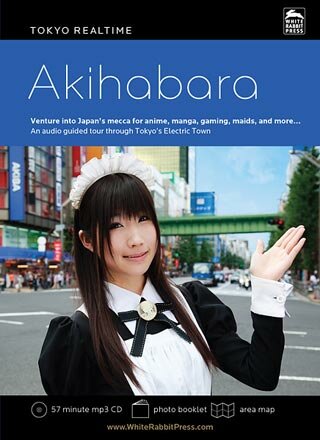 Filed under: Manga
Filed under: MangaThe Jump Way
02.01.2009 by Mikamix
"Dragon Ball," "Naruto," "One Piece," "Bleach," "Prince of Tennis"…All of these manga are very popular not only in Japan, but also around the world. And all of them appeared first in the pages of "Weekly Shonen Jump" (WJ). WJ is issued in every Monday and has a readership of over 2 million in Japan alone. I, like most young male Japanese, have read WJ since childhood, or around 15 years. This is not necessarily a proclamation of otakuhood, as many people read WJ. How is it that WJ can maintain its sales and draw such a diverse audience? The answer is their original method, the Jump Way (jyampu houshiki).
Any manga fan worth his or her salt knows the Jump Way, though it is not well represented in discussions outside Japan. The way is very simple: "Continue the manga that readers support." It's like American capitalism – survival of the fittest. Regular reader surveys keep mangaka on their toes. For example, if reader polls change and sales drop, even the juggernaut "Naruto" would be cancelled. There is no difference between rookies and veteran mangaka. In fact, WJ prefers to use rookies because they tend to be more creative. Of the manga mentioned above, "Naruto" and "One Piece" are by newcomers and "Bleach" and "Prince of Tennis" were created by minor mangaka.
Many great manga were born at WJ because of its fast turnover. But the Jump Way has its problems. One is the pressure on mangaka who are constantly in fear of having their works cancelled and so pander to readers. It is also a well-known fact that WJ pays rookies pennies for their work. I hear that the payment for rookies at WJ can be 2000 yen (about $20) per page. That is, a mangaka makes about 150,000 yen by month. In Japan, we can get over 250,000 yen working part time at a fast food place.
What do you think of the Jump Way? It is clear this keeps WJ running in the top position among the weekly manga magazines, but at what cost? The US version of WJ is published by Viz Media once a month and costs little. It definitely worth a browse if you are interested in not only anime, but also Japanese manga culture.
Comment on this article

07.02.2010 · Features
Temple University Japan offers program in popular culture
Roland Kelts teaching anime, Patrick W. Galbraith manga
15.01.2010 · Blog
Tsutaya is renting manga
This really is going to be a happy new year! Tsutaya, Japan's largest chain of rental video stores, is now carrying manga. Lots of it. They...
11.08.2009 · Reviews
Mospeada Complete Art Works Book Review
The Mospeada Complete Art Works book just hit bookstores in Japan this past Saturday August 8th. It’s the eighth volume in the...
30.06.2009 · Blog
Kashihonya still exist!
And here I thought these were all gone! This one is in Kunitachi way out on the Chuo Line. Still in business, even with all the online...
23.04.2009 · Blog
Reading English manga turns heads on Japanese subways.
In the last four years I've hand many friends from overseas stay at my house when they come to visit me in Tokyo. Most buy more stuff than...
07.03.2009 · Blog
Congratulations Jamie!!!!
It's so wonderful to see friends making their dreams a reality. On my way to work the local 7/11 had the new issue of Jump Square featuring...



























1 CommentComment Page 1 of 1
Dominique wrote on 19.2.2009:
The Kids are alright with this